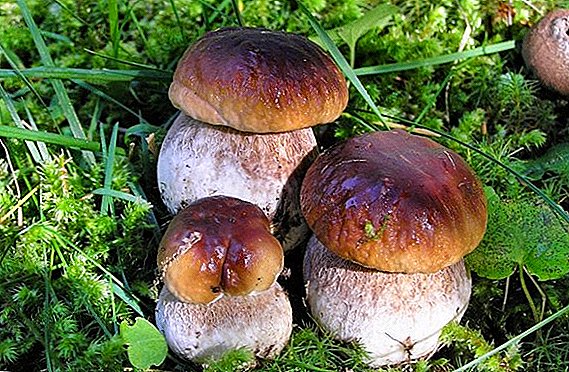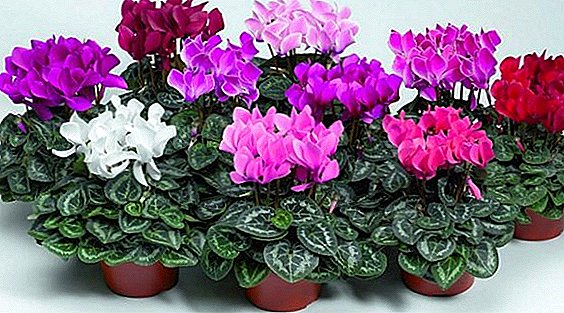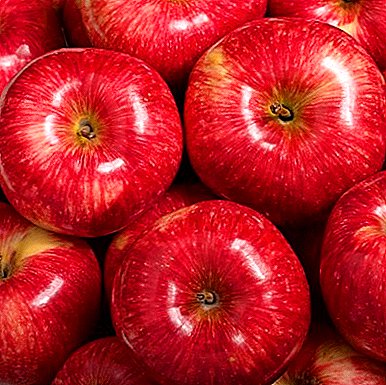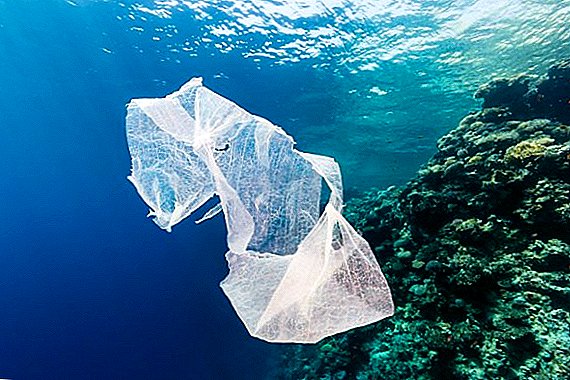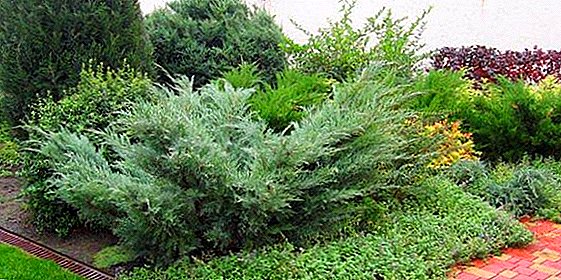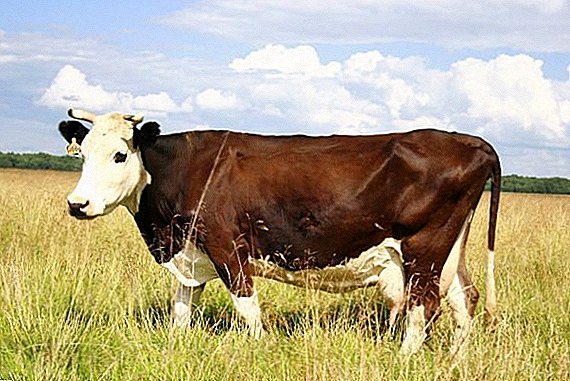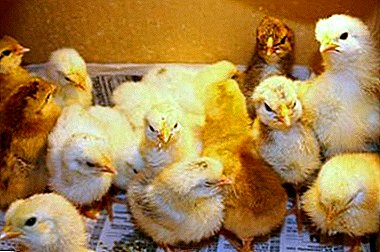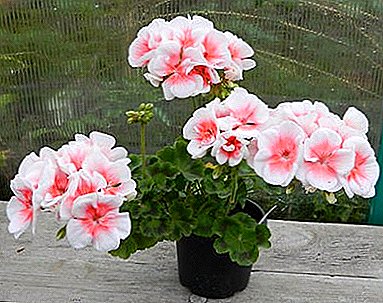
This plant is widely known among gardeners. And Pelargonium is famous not only for its aesthetic qualities, but also for healing. Sheet plates are used as a remedy for hypertension, insomnia, and also help pull pus out of wounds. But with all these beneficial properties of this flower you should not self-medicate. Means are recommended to be taken only after consulting a specialist.
Another advantage of Pelargonium is its abundant flowering. It should be said that the blooming buds remain on the plant for almost the whole year.
Caring for the described plant is not difficult, and the current variety of varieties will satisfy even the most demanding grower.
Botanical description and history
Pelargonium is a perennial plant, characterized by branched stems and simple palmate leaves. The hue of the buds varies depending on the variety. Flowers are collected in many-flowered compounds, which in their structure resemble an umbrella.
The fruit itself is presented in the form of a box on which the sepals are preserved. This box is revealed in a special way: from the bottom to the top.
Origin
it the plant came to our lands from South Africa. Pelargonium has the ability to perfectly adapt to new growing conditions.
Reference! Despite the high adaptation properties of this flower, you should not leave it for the winter in the open field.
Appearance and cost of varieties
Tuscany
This plant will not leave anyone indifferent. A green bush has many branches, at the end of which large, rich red buds open. At that moment, when the inflorescences bloomed only half, they are very similar to roses. Buds grow to 10 centimeters in diameter.
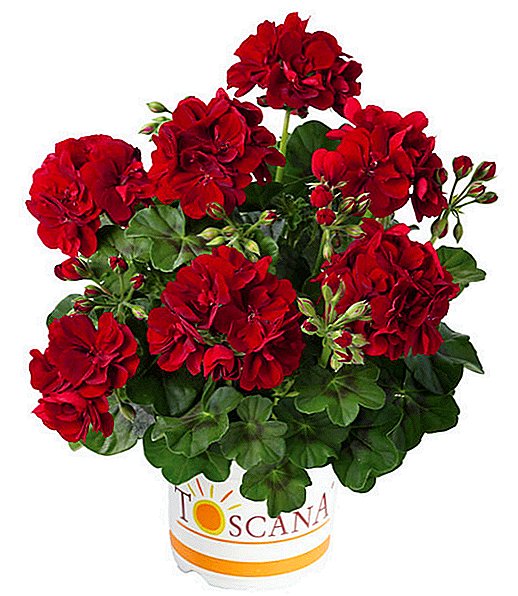
Elegans
This variety is one of the most popular. Edwards Elegance deserved fame thanks to the unusual shade of its buds. Usually petal color varies from pale pink to peach. The bush itself is considered to be medium in height, leafy plates to the touch of terry, as if swollen.
If we talk about pricing, the average cost of Pelargonium varies within 500 rubles.
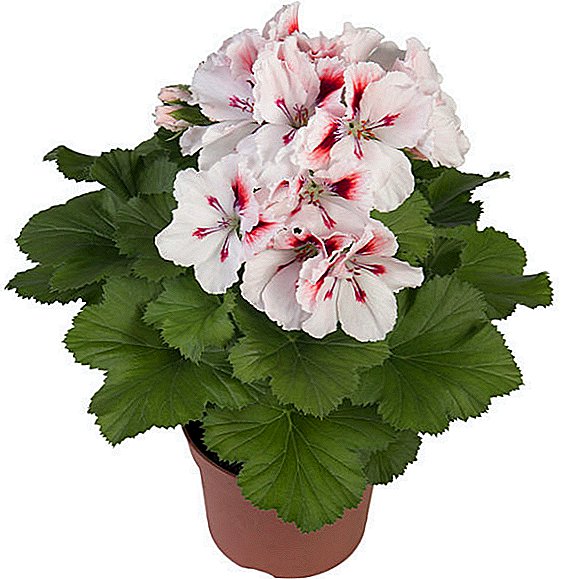
Where and how to plant?
Choice of location and lighting
So that was a lot of light. If the florist plans to plant a flower in the open field, he should choose the most illuminated place. If we talk about a closed room, then in this case it is worth choosing a window sill on the south side. In the summer, you can put Pelargonium on the loggia or balcony.
Soil requirements
It is best to buy ready-made soil in a specialty store.. You can buy a universal substrate intended for planting indoor plants.
However, the mixture can be prepared independently. To do this in equal proportions turf and leaf land, coarse sand, humus and peat. When planting, it is advisable to immediately fertilize the soil with a high level of phosphorus.
Pelargonium will react negatively to organic fertilizers.
Landing guidelines
- If the plant is planted with seeds, it will be good to treat them with a weak solution of potassium permanganate in order to protect the seed from various diseases and pests. To lower the seeds in the substrate should be about 2-3 centimeters in depth, after sowing the soil is sprayed from a spray.
- To the seeds have risen as quickly as possible, they need to cover the film. But do not forget to air an educated greenhouse so that condensate does not collect on it.
- As soon as the first shoots seem, the film must be removed.
- After the appearance of the first pair of leaf plates, young plants are seated in separate containers.
Care
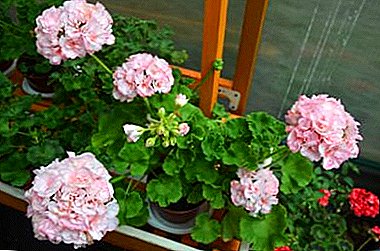 Pelargonium - a very simple plant in the care, does not require special growing conditions. At home, it is easy to take root. To achieve a beautiful and healthy plant, you need to follow the following simple rules.
Pelargonium - a very simple plant in the care, does not require special growing conditions. At home, it is easy to take root. To achieve a beautiful and healthy plant, you need to follow the following simple rules.
- Flowerpot. For planting Pelargonium Edwards you need to choose a not very large pot. If the florist plants a plant in a too large pot, flowering does not begin immediately. The fact is that while the root does not fill the entire capacity, the ground part will not begin to develop fully.
- Watering mode. Pelargonium refers to those colors that will easily endure periods of drought. Therefore, too often and abundantly should not moisten the soil. Irrigation mode depends on the air temperature around and the duration of daylight. It is not recommended to water pelargonium, if the soil around the rhizomes is not completely dry.
This flower does not tolerate over-wetting of the substrate. Also do not like the described plant and overly humidified air around. Therefore, you should not spray the flower itself and the air.
- Pruning. This procedure is necessary in order to form a beautiful smooth bush. To do this, it is time to pinch young shoots. As soon as the shoots begin to go up very actively, they need to be broken off. So at the site of pinching new leaf plates will appear, which will make the bush more lush.
- Transfer. You should not carry out this procedure too often, as the adult Pelargonium will respond very negatively to such a manipulation. Change the "place of residence" of the plant should only be if the root system has become cramped in the same capacity.
Attention! When planting plants do not forget about the drainage layer. It will help protect Pelargonium from stagnant moisture, and will also promote good air circulation.
Common diseases and pests
- Pelargonium is most commonly found root neck rot. In addition to it, the general rotting of rhizomes may also develop. Often the cause of rotting of the root system is an excess of moisture in the substrate. In most cases, after such ailments the plant is not restored.
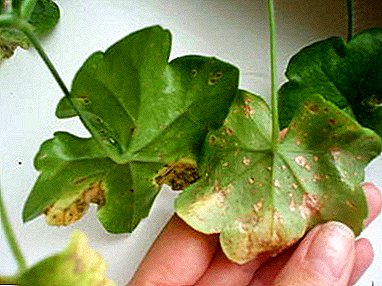 Less commonly, gray mold can be seen on the sheet plates. This disease is considered another sign of too frequent and abundant soil moisture. As soon as the florist noticed mold on the leaves, he should completely restrict watering, dry the ground and roots, and then put the plant in a well-lit place.
Less commonly, gray mold can be seen on the sheet plates. This disease is considered another sign of too frequent and abundant soil moisture. As soon as the florist noticed mold on the leaves, he should completely restrict watering, dry the ground and roots, and then put the plant in a well-lit place.- In addition to the ailments described above, Pelargonium Edwards can be attacked by the following pests: whitefly and aphid. It is necessary to get rid of them in several ways at the same time. To begin to use the mechanical method, that is, to fight the parasites by hand - collect them or put the whole plant under the shower and rinse all existing pests with water.
After this, the result should be fixed with chemicals. To do this, use insecticidal preparations. The treatment is carried out several times with an interval of one week.
It is necessary to inspect the plant for pests and diseases as often as possible in order to notice them as soon as possible and start treatment. Because in the case of a late response to illnesses, it is not always possible to save Pelargonium.
Breeding features
Pelargonium is propagated by two methods: cuttings and seeds. It does not matter which way the florist chooses, however it is best to do this in early spring. How to properly plant and grow seeds, it was described above.
And now we will describe some not difficult, but at the same time very useful rules for propagation by cuttings.
- The stalk must choose the correct length. The shoot should not be less than five, but at the same time and not more than 7 centimeters.
- Before planting the process, it must be held outdoors for 24 hours.
- You can plant a stalk only in a well-loosened earth with a drainage layer. The first two weeks after planting the ground should be constantly wet. If the soil dries out, the young plant will die.
- Cover planted processes is not necessary. They must grow in the open air and become hardened.
- After the appearance of the first good roots, the young plant is transplanted into a permanent container.
Care and cultivation of Pelargonium Edwards is not difficult. Therefore, to grow such a plant under the force even beginner florist. One has only to adhere to the minimum recommendations, and the plant will constantly delight everyone around with its healthy appearance.


 Less commonly, gray mold can be seen on the sheet plates. This disease is considered another sign of too frequent and abundant soil moisture. As soon as the florist noticed mold on the leaves, he should completely restrict watering, dry the ground and roots, and then put the plant in a well-lit place.
Less commonly, gray mold can be seen on the sheet plates. This disease is considered another sign of too frequent and abundant soil moisture. As soon as the florist noticed mold on the leaves, he should completely restrict watering, dry the ground and roots, and then put the plant in a well-lit place.